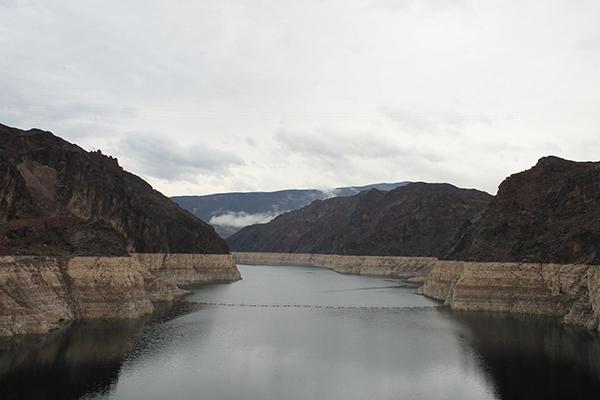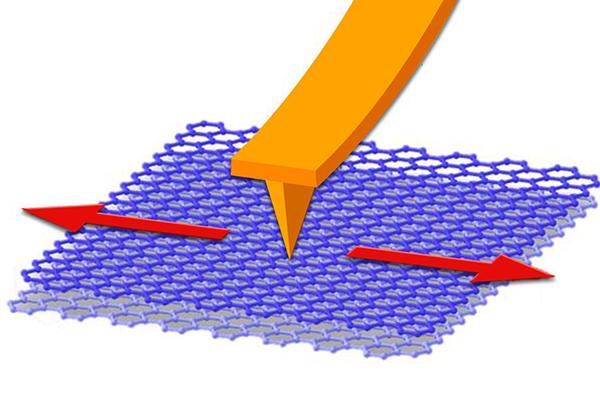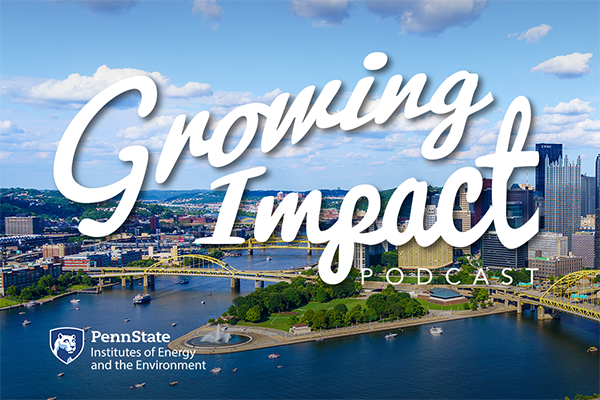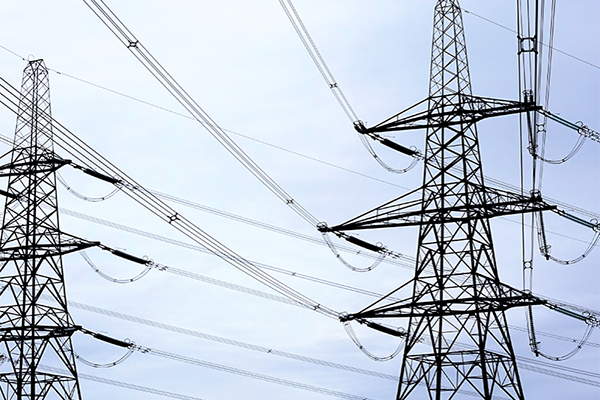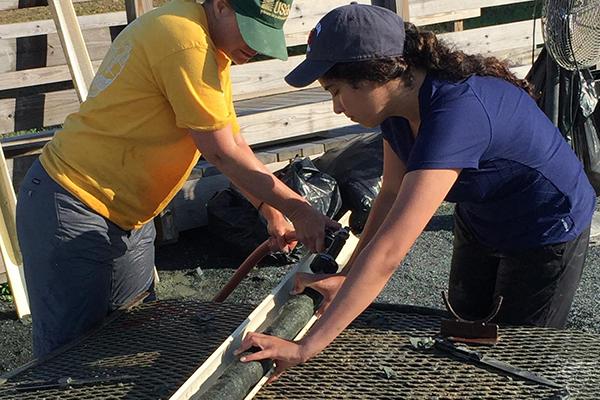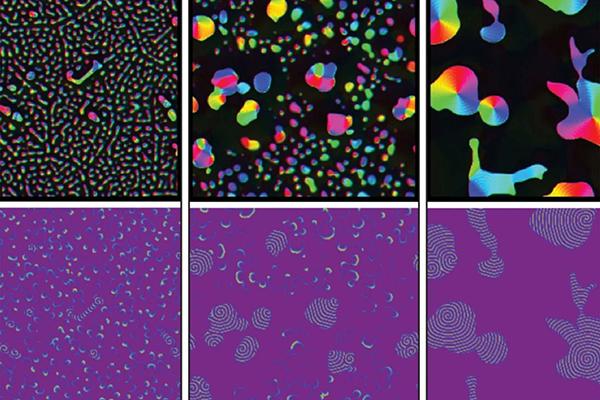Read the latest news about research conducted by investigators in the College of Earth and Mineral Sciences. Our faculty and students are continually advancing technology, creating solutions and expanding knowledge with new and innovative research.
News
The Colorado River basin, which supplies water to 40 million people in the Western United States, is threatened by historic drought, a changing climate and water demands from growing cities. One potential response involves encouraging individuals to conserve water, and a new study may help identify those most likely to change their behaviors to contribute, according to scientists.
When used as wearable medical devices, stretchy, flexible gas sensors can identify health conditions or issues by detecting oxygen or carbon dioxide levels in the breath or sweat.
Sometimes friction is good, such as the friction between a road and a car’s tires to prevent the vehicle from skidding. But sometimes friction is bad — if you did not put oil in that very same car, there would be so much friction in the bearings of the engine that the car could not operate.
A large family of chemicals used for decades to improve our lives — from nonstick cooking pans to waterproof clothing — are now known as "forever chemicals" because they do not easily break down in the environment and pose potential health risks as they build up in our bodies. A new study may improve our understanding of how these chemicals move in the groundwater, according to a team of scientists.
The latest episode of the "Growing Impact" podcast features a project focused on air quality and health concerns in western Pennsylvania
Penn State faculty and staff are invited to submit nominations for the Earthshot Prize 2023, an international competition aimed at identifying the most promising solutions to environmental challenges.
Seth Blumsack, professor of energy and environmental economics and international affairs, was awarded a $1,193,307 grant from the Alfred P. Sloan Foundation to sustain and expand an interdisciplinary research network focused on the regional organizations that manage the electric power transmission grid in the United States and how the governance of these regional transmission organizations (RTOs) impacts outcomes for market efficiency, sustainability, equity, reliability and resilience.
Changes in Earth’s orbit that favored hotter conditions may have helped trigger a rapid global warming event 56 million years ago that is considered an analogue for modern climate change, according to an international team of scientists.
From a distance, they looked like clouds of dust. Yet, the swarm of microrobots in author Michael Crichton’s bestseller “Prey” was self-organized. It acted with rudimentary intelligence, learning, evolving and communicating with itself to grow more powerful.
A new type of active pixel sensor that uses a novel two-dimensional material may both enable ultra-sharp cellphone photos and create a new class of extremely energy-efficient Internet of Things (IoT) sensors, according to a team of Penn State researchers.



